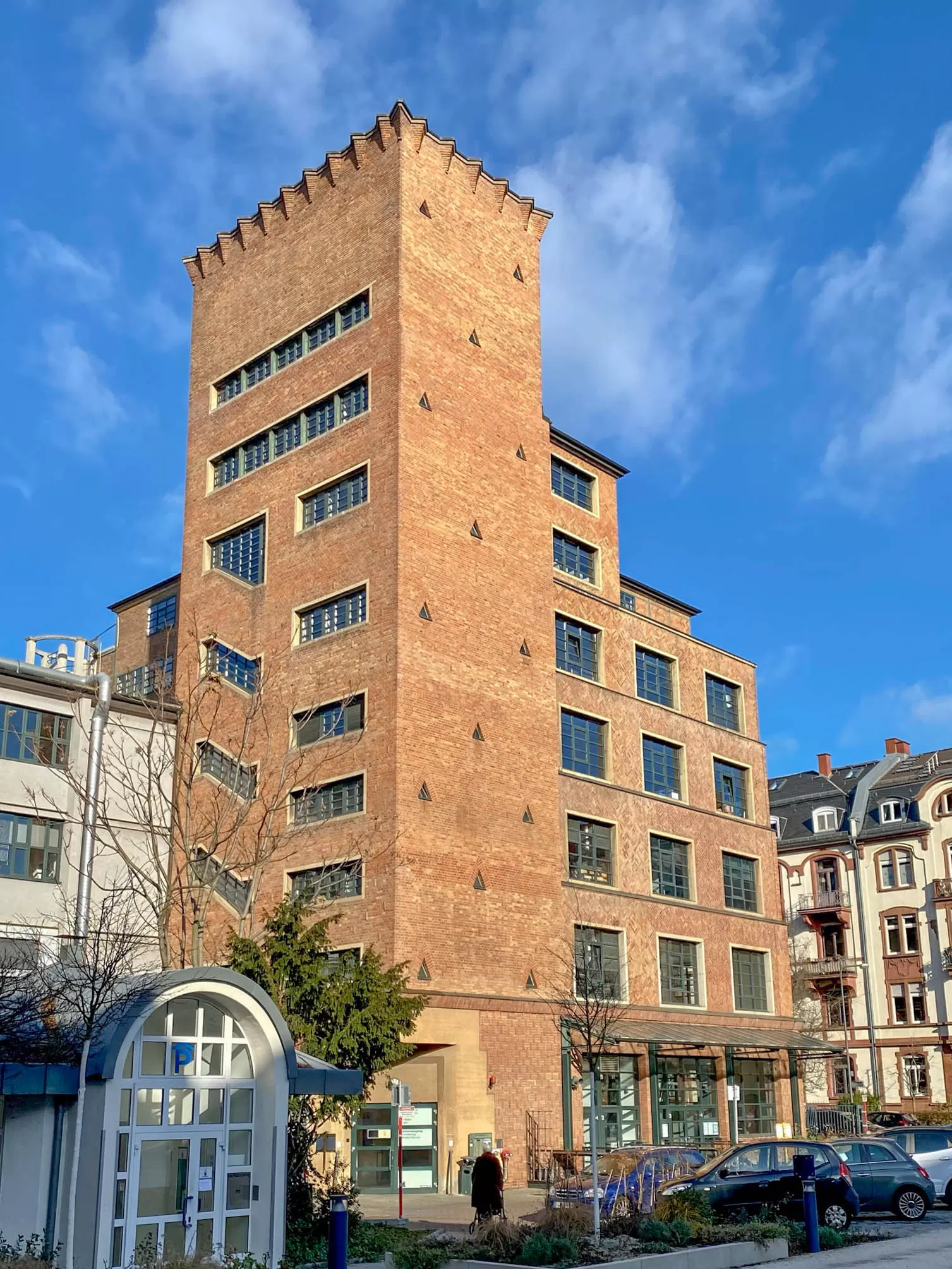
Mousonturm, 1925-1926. Design: Fritz Mouson, Robert Wollmann, Josef Geitner. Photo: Daniela Christmann
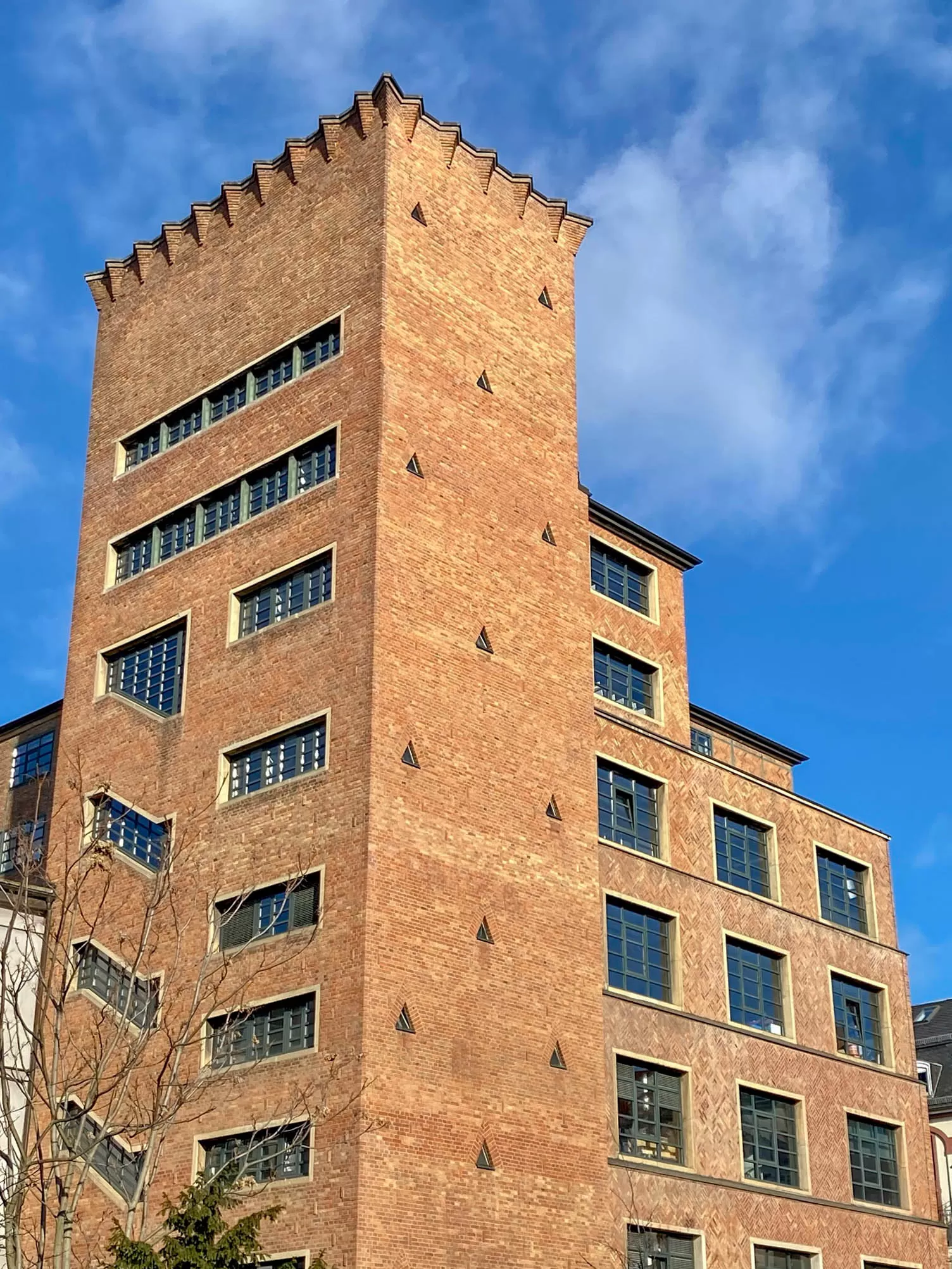
Mousonturm, 1925-1926. Design: Fritz Mouson, Robert Wollmann, Josef Geitner. Photo: Daniela Christmann
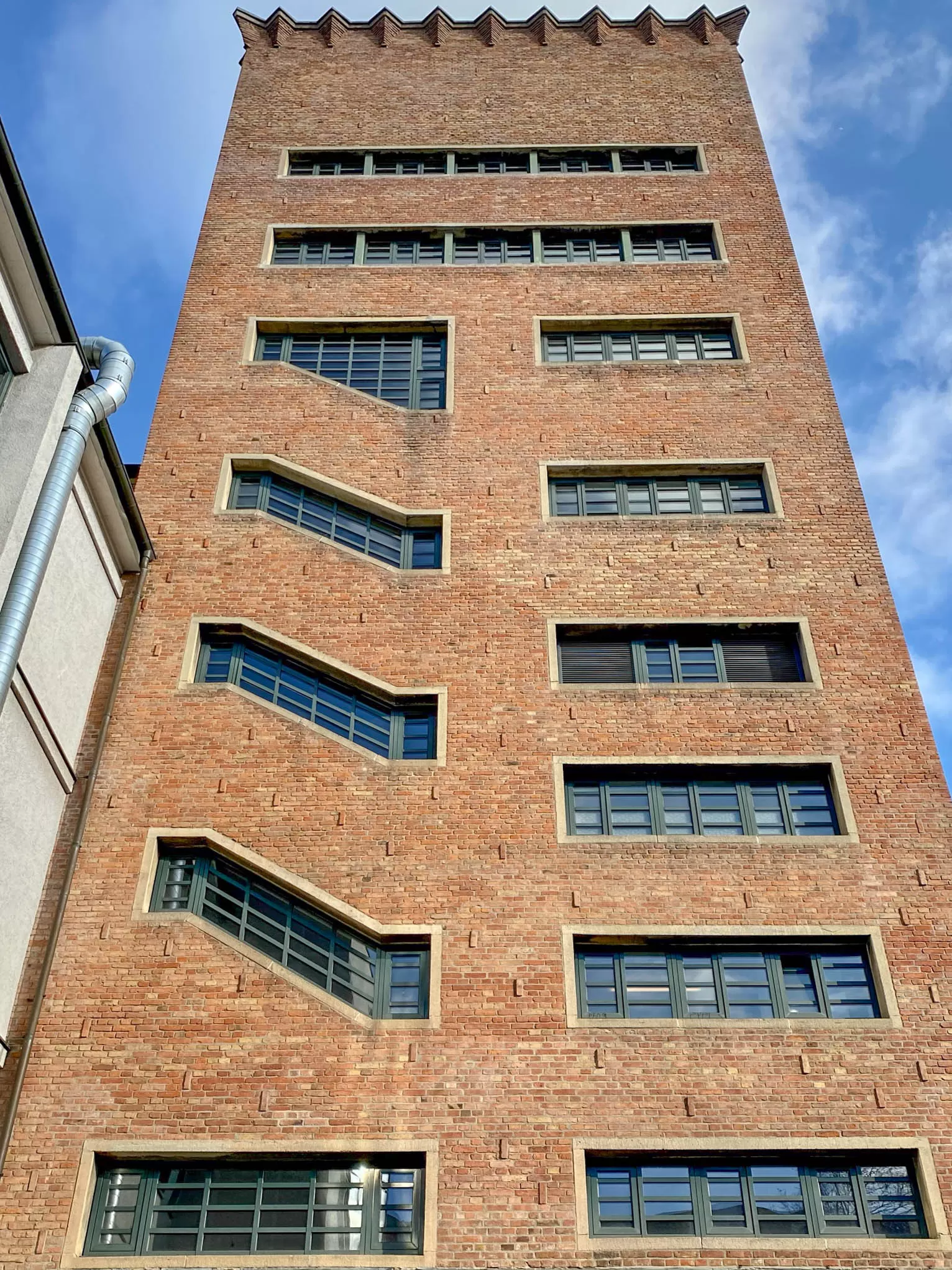
Mousonturm, 1925-1926. Design: Fritz Mouson, Robert Wollmann, Josef Geitner. Photo: Daniela Christmann
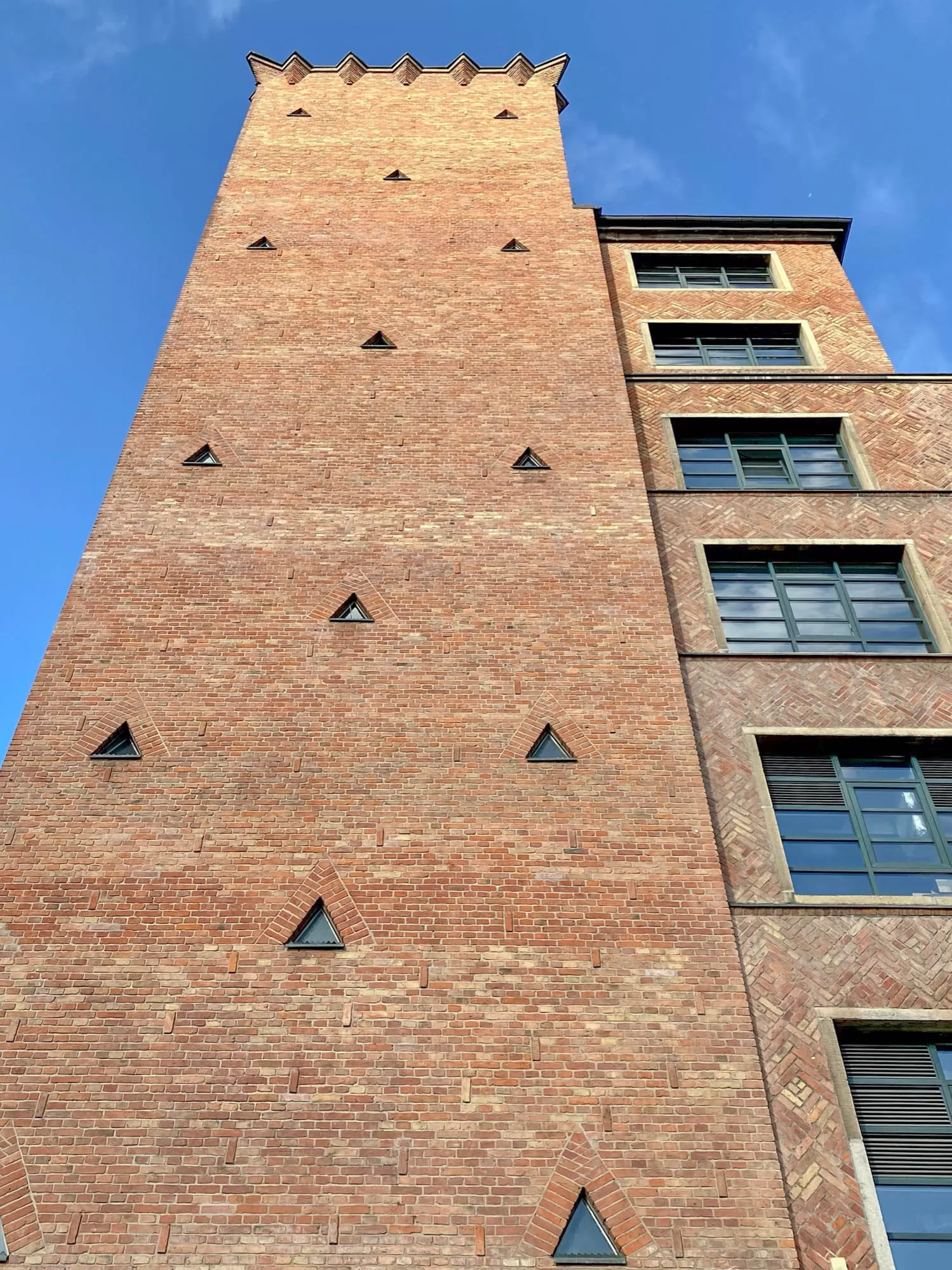
Mousonturm, 1925-1926. Design: Fritz Mouson, Robert Wollmann, Josef Geitner. Photo: Daniela Christmann
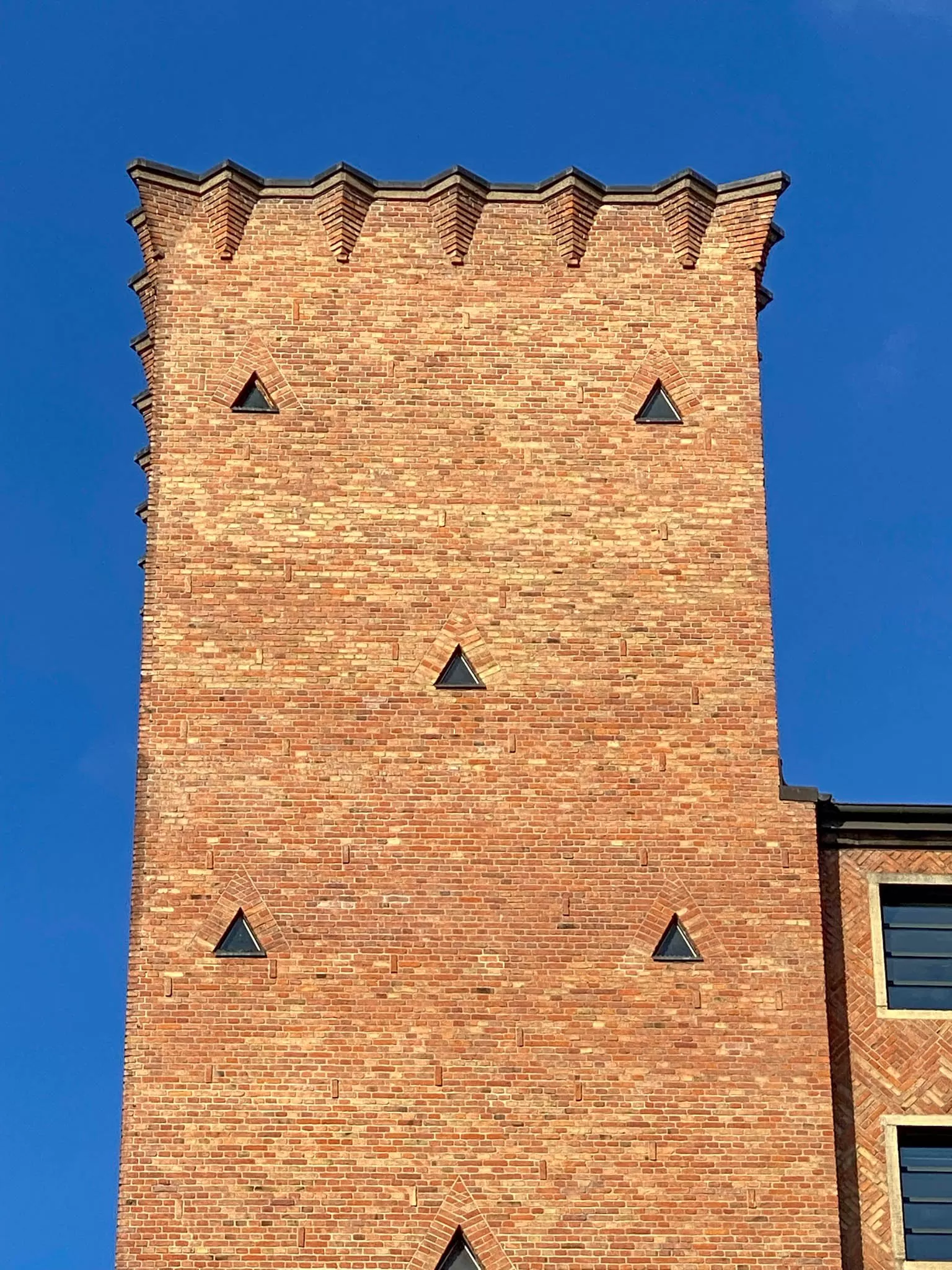
Mousonturm, 1925-1926. Design: Fritz Mouson, Robert Wollmann, Josef Geitner. Photo: Daniela Christmann
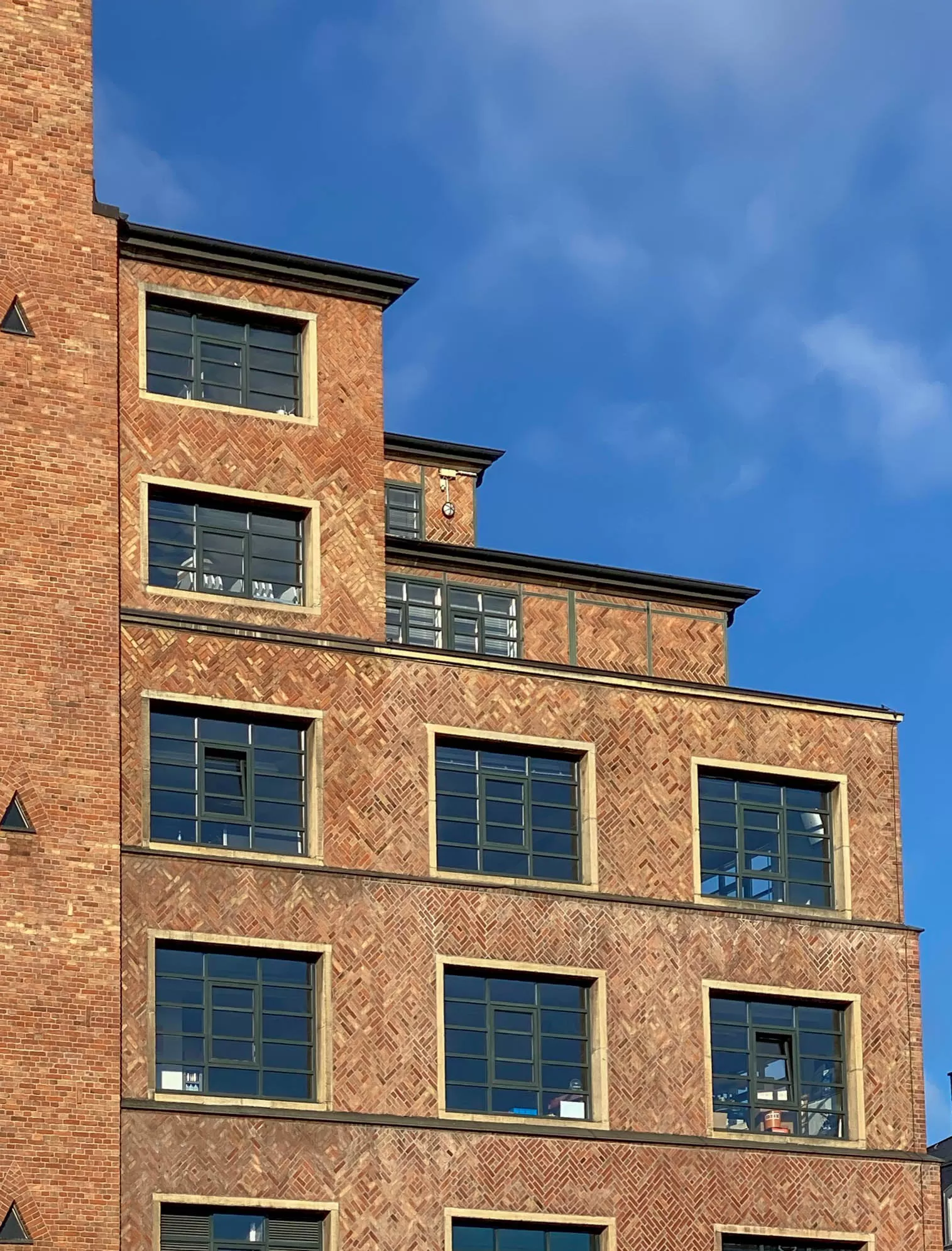
Mousonturm, 1925-1926. Design: Fritz Mouson, Robert Wollmann, Josef Geitner. Photo: Daniela Christmann
1925 – 1926
Design: Fritz Mouson with architects Robert Wollmann and Josef Geitner
Waldschmidtstraße 7-11, Frankfurt am Main, Germany
The nine-story Mouson tower with the associated seven-story factory annex in Frankfurt am Main, Ostend district, are the only surviving buildings of the factory complex of the J.G.Mouson & Co. perfume and soap factory, which had been steadily expanded since 1880.
Mouson Perfume and Soap Factory
In 1798, the soap factory had been founded by August Friedrich Mouson in Breite Gasse in Frankfurt am Main.
The company was renamed J.G.Mouson & Co. in 1843 and gradually converted to the production of fine soaps and perfumery goods.
From 1851, Mouson operated a soda-boiling factory in Bornheim, and in the early 1860s, the first sales branches were opened in Paris and London.
A company-owned retail store opened at Breite Gasse 41 in 1864.
Expansion
In 1879, the site of the Frankfurt headquarters in Breite Gasse, which had been steadily expanded through purchases of surrounding buildings and land, fell into the area of the road breakthrough to extend the Zeil to the east and no longer offered any possibilities for expansion.
The company decided in 1879 to purchase a building plot on Bergweg, today’s Mousonstrasse in the Ostend.
Here, from 1880 to 1881, a new factory was built according to plans by Daniel Walluf.
Fritz Mouson
Fritz Mouson, who became a partner in the company in 1912, was responsible for the further expansion of production. He was the son of the industrialist Jacques Mouson and his wife Eleonore Dorothea and the great-grandson of August Friedrich Mouson.
After completing his studies in mechanical engineering at the Technical University of Darmstadt, he had worked for Opel in Rüsselsheim am Main.
Robert Wollmann and Josef Geittner
From 1921 to 1926, together with the architects Robert Wollmann and Josef Geittner, he oversaw the technical and structural redesign of the factory premises in Frankfurt’s Ostend district.
Fritz Mouson traveled throughout Germany and the USA to learn about the latest production techniques.
With the knowledge thus acquired, he succeeded in transforming the company into a largely automated industrial enterprise converted to assembly line production.
Mouson Turm
The culmination of his innovations was the Mouson tower, known as Frankfurt’s first high-rise building. It was connected to the original 1880 factory buildings on its southwest side by a two-story structure built in 1922 to house the perfume department.
The tower rises over the associated seven-story factory building, which had housed the soap production facilities since 1926.
The stair tower, a concrete frame building with brick facade in expressive forms, contained a water reservoir on the eighth floor.
Renovation and Conversion
While large parts of the factory site were destroyed during World War II, the Mouson tower and its associated factory annex survived the war largely unscathed.
In 1976, the tower and the annex were placed under a preservation order. In 1988, it was converted into a cultural center by the office of Albert Speer+Partner GmbH on behalf of Frankfurter Aufbau AG. Today, it houses a theater with 250 seats, seminar and rehearsal rooms, artists’ studios and a restaurant.
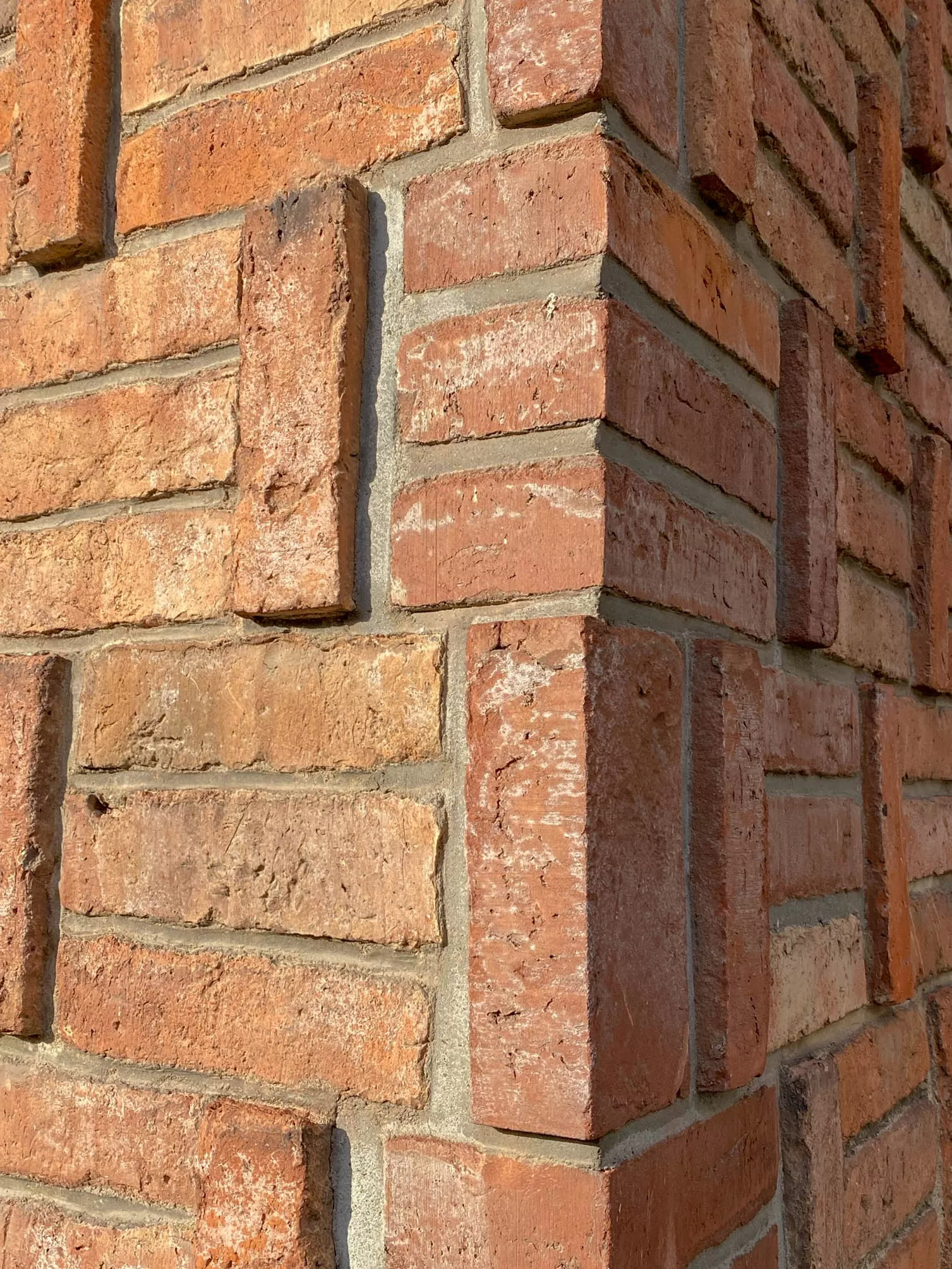
Mousonturm, 1925-1926. Design: Fritz Mouson, Robert Wollmann, Josef Geitner. Photo: Daniela Christmann
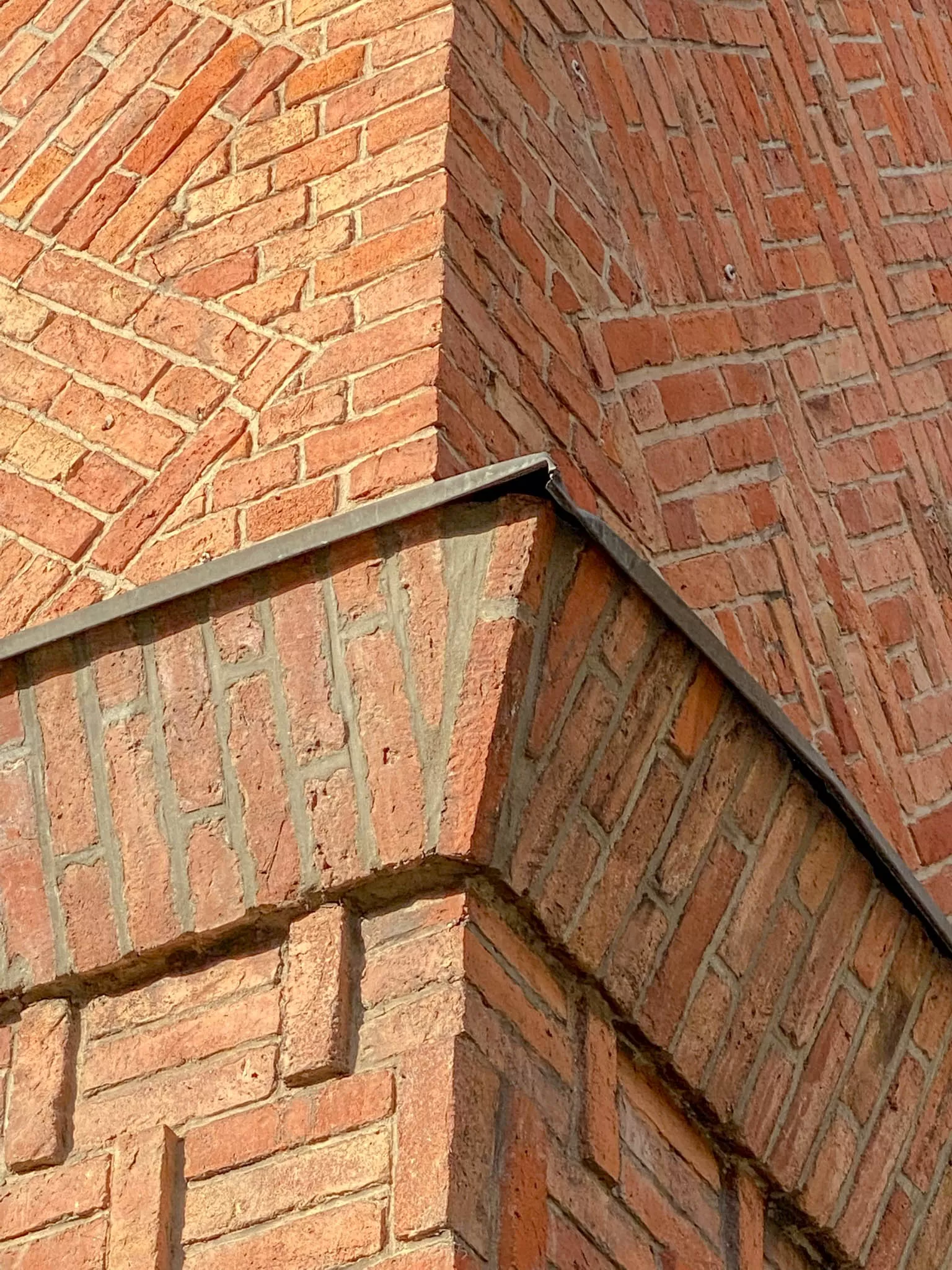
Mousonturm, 1925-1926. Design: Fritz Mouson, Robert Wollmann, Josef Geitner. Photo: Daniela Christmann
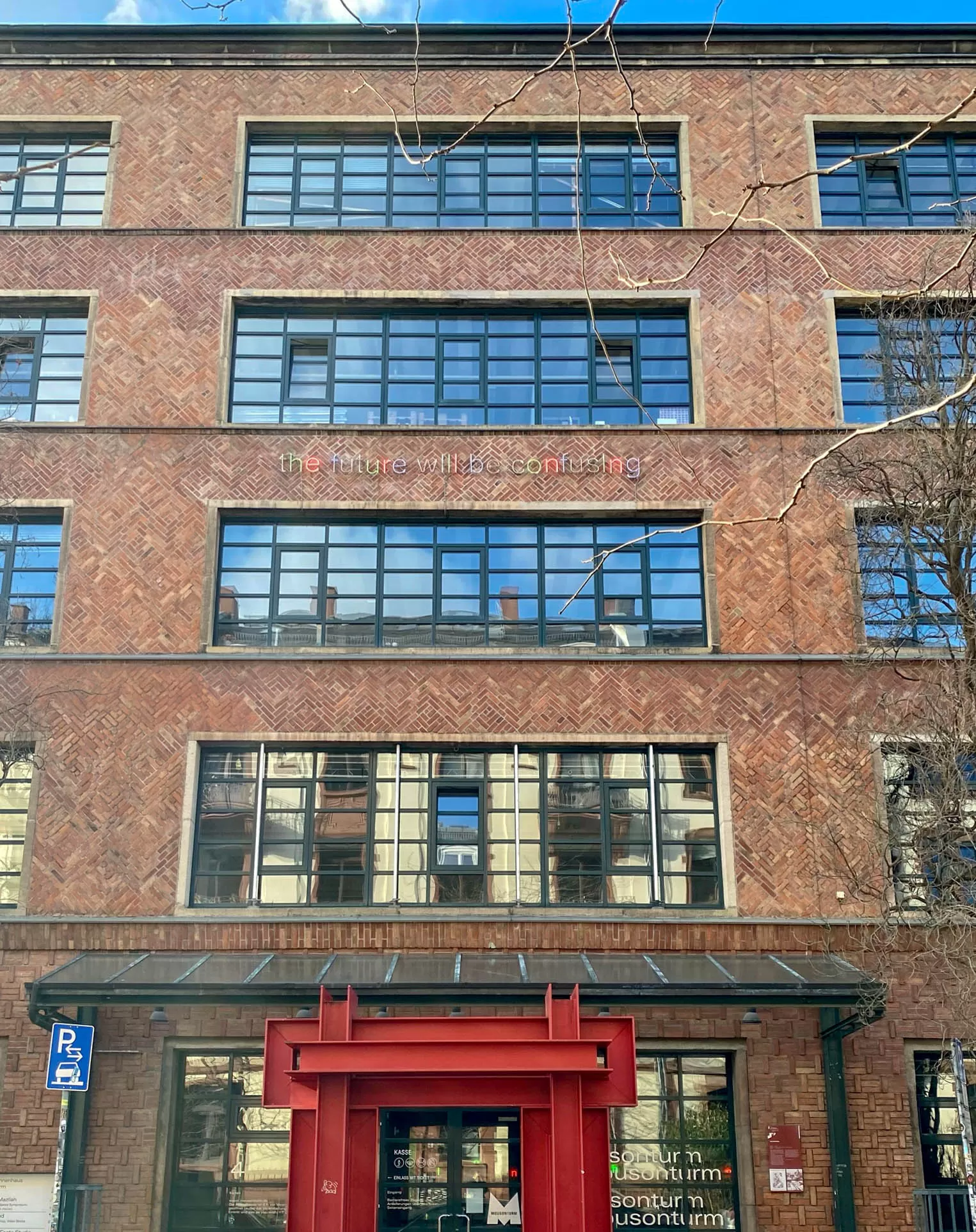
Mousonturm, 1925-1926. Design: Fritz Mouson, Robert Wollmann, Josef Geitner. Photo: Daniela Christmann

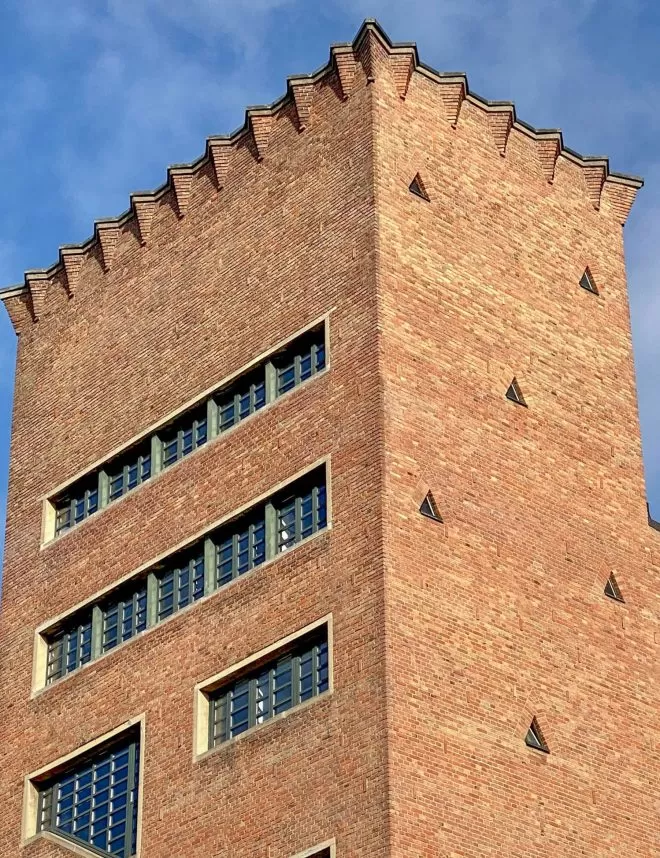
I believe my Opa “Karl Frank retired from the Mouson factory. I believe he was President of the union at one time. I would love more information about Mouson and/or my Opa that you may have. We will be in Frankfurt the beginning of June and I would love to see this.